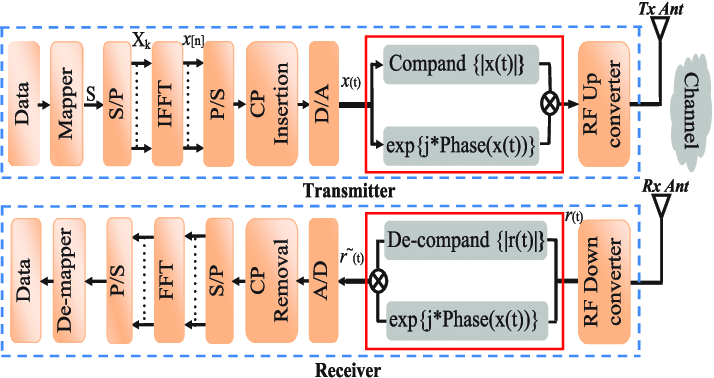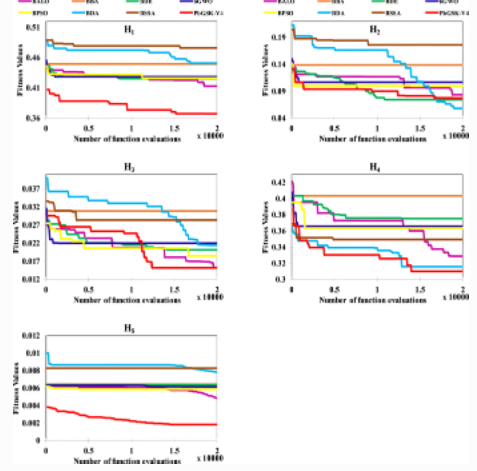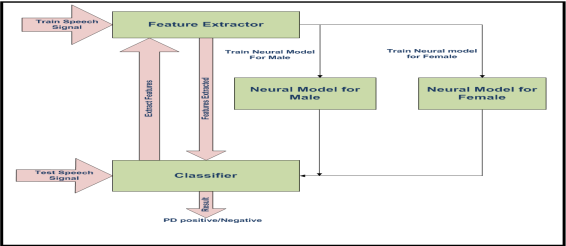
A Novel Companding Technique to Reduce High Peak to Average Power Ratio in OFDM Systems
The reduction of the high peak-to-average-power ratio (PAPR) is important to the efficiency of the orthogonal frequency division multiplexing (OFDM) technique. Excessive PAPR contributes to non-linear clipping induced harmonic distortions that reduce system reliability. In this article, a new technique for decreasing the high PAPR in OFDM with minimum effects on the system performance is proposed. The technique uses the image adjust (IMADJS) function to reduce the high PAPR of transmitted OFDM signals by compressing large signals and expanding small signals. In comparison, the IMADJS strategy has the advantage of maintaining a constant average power level before and after companding. A comparative analysis is provided between the proposed (IMADJS) technique and well-known companding techniques such as μ - law, absolute exponential (AEXP), and the new error function (NERF). The comparison is based on PAPR, bit error rate (BER), power spectral density (PSD), and average power performance metrics. Simulation results confirm that the IMADJS technique significantly improved the drawbacks of the PAPR. Furthermore, the PAPR is reduced by 2.81dB. The IMADJS technique has less impact on the original power spectrum than on other companding schemes. The average out-of-band radiation of the IMADJS technique reaches about -50dB at the frequency of 0MHz. In contrast, the average of the original OFDM signal is that the out-of-band radiation reaches around -52dB. The AEXP and NERF companding techniques reach about -46dB, while the μ -law companding technique hits about -37dB. © 2013 IEEE.



